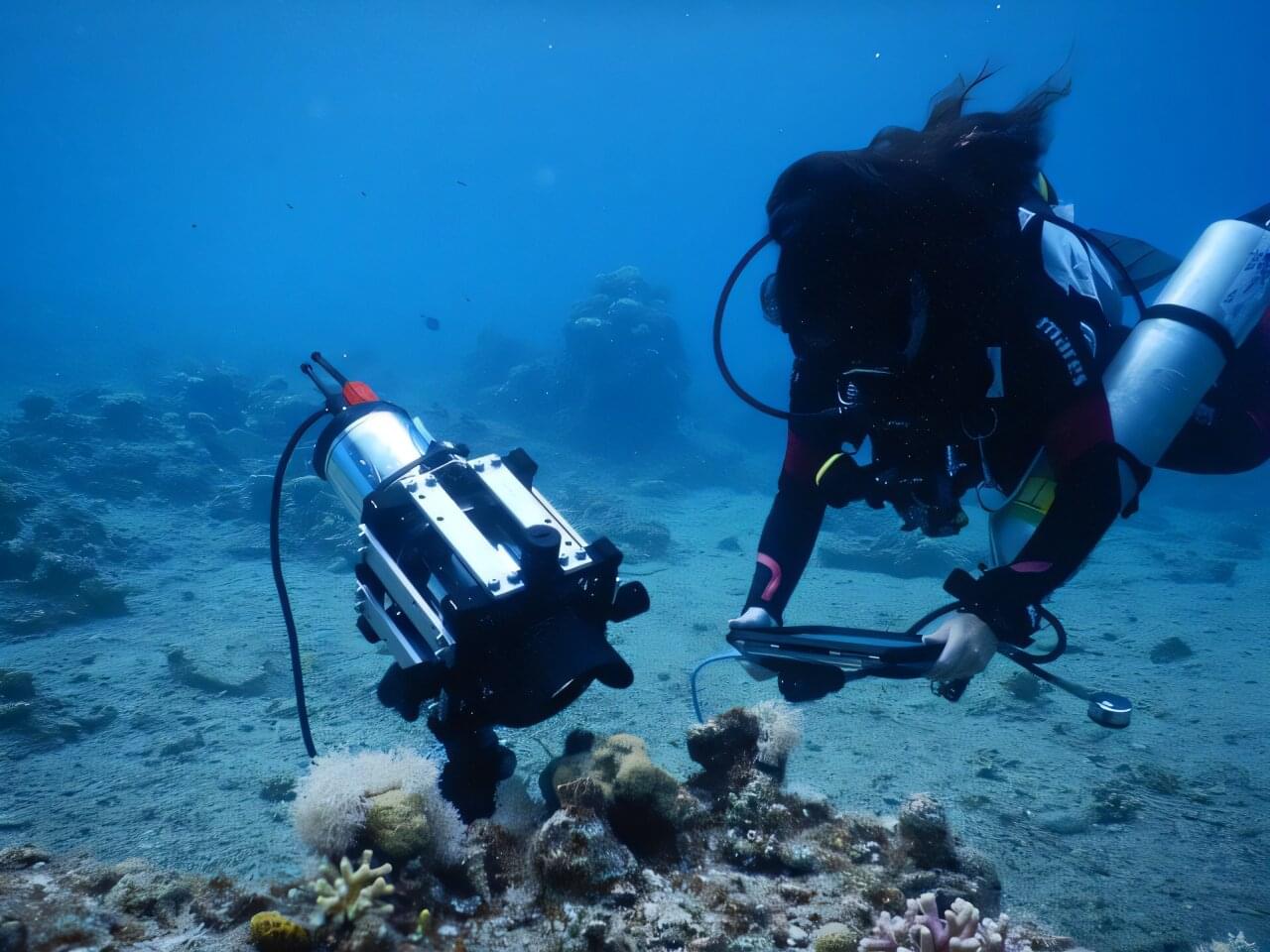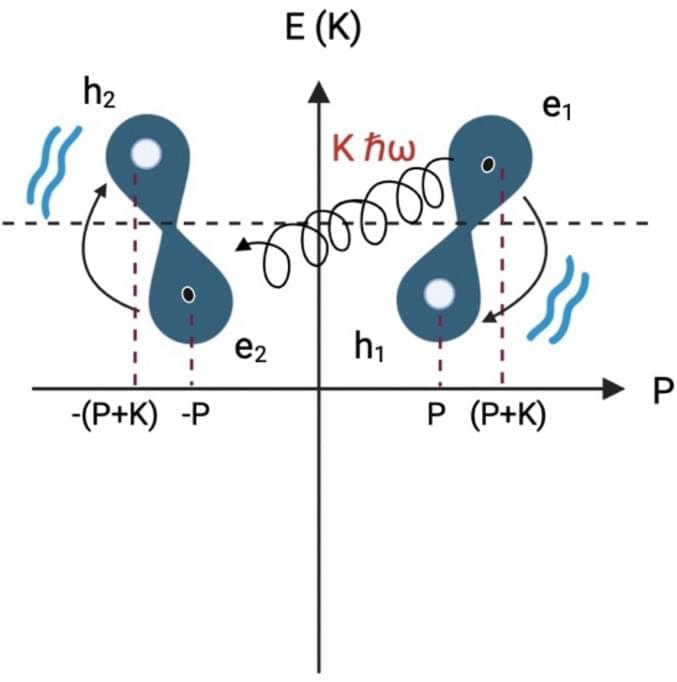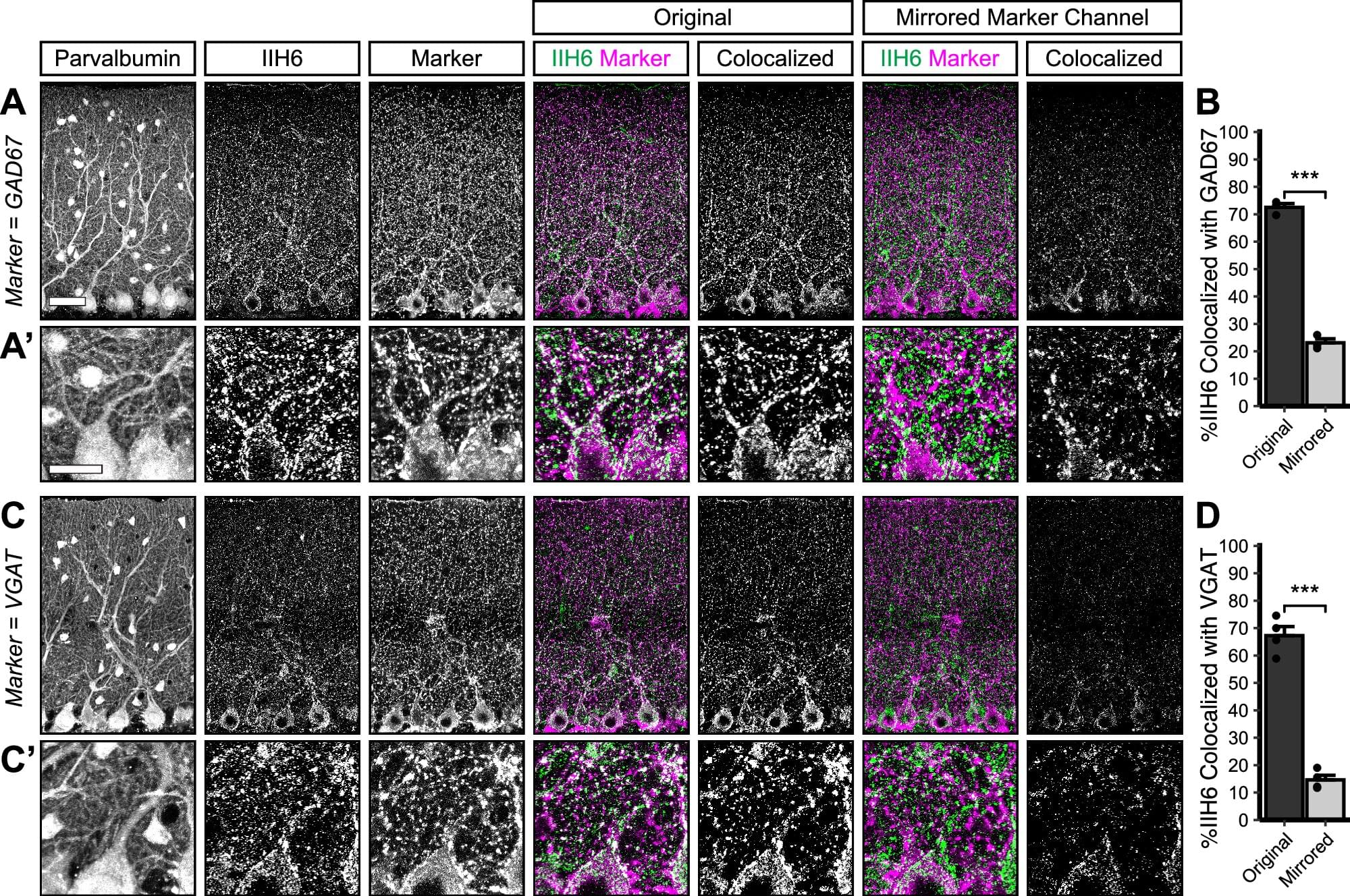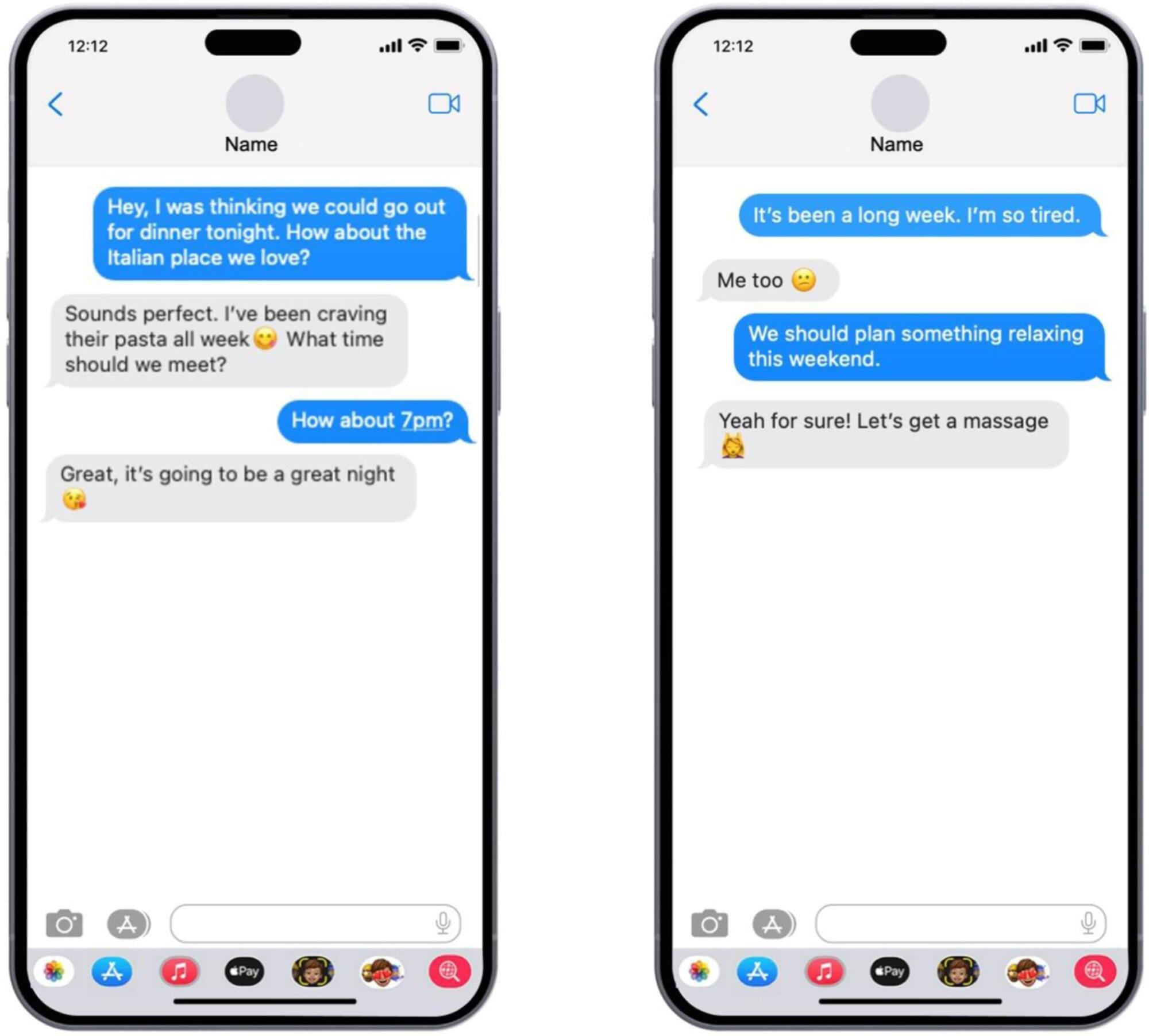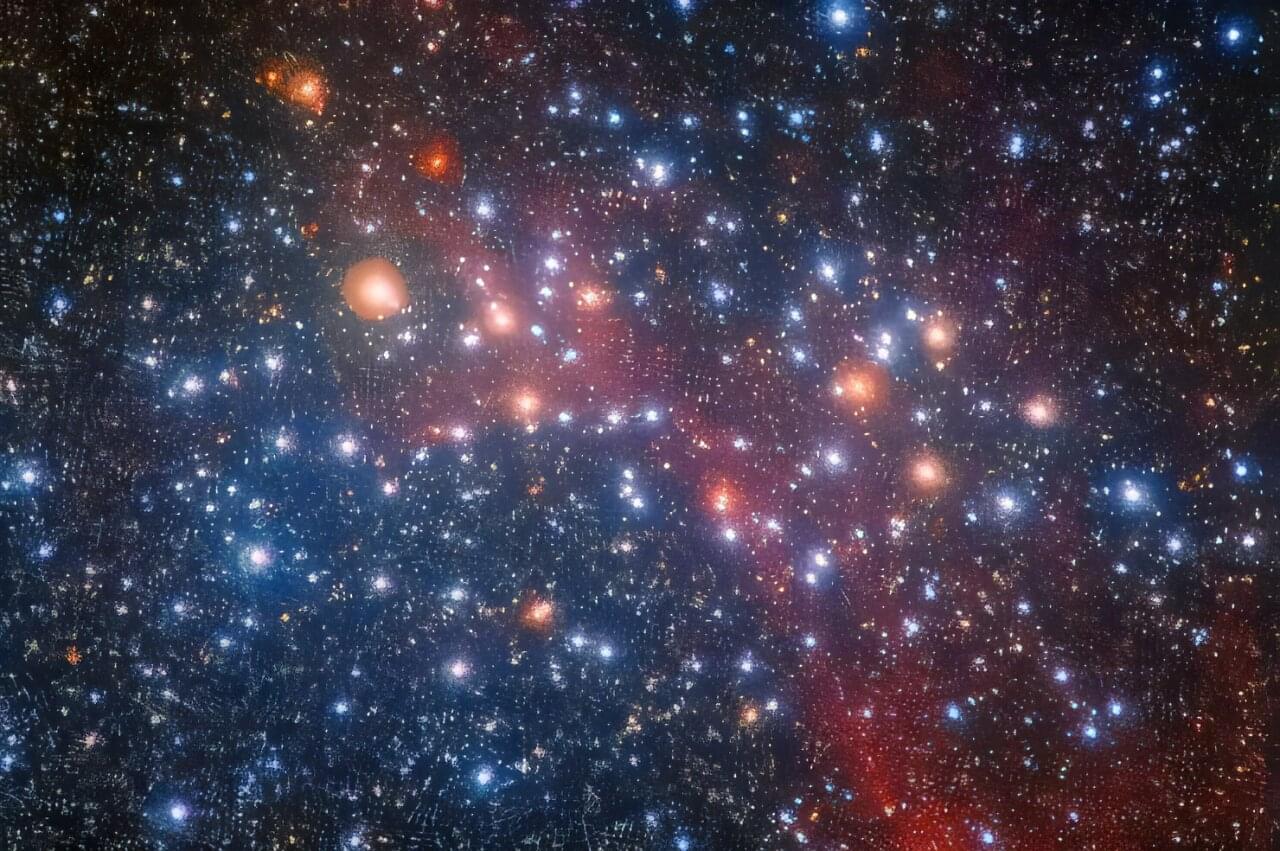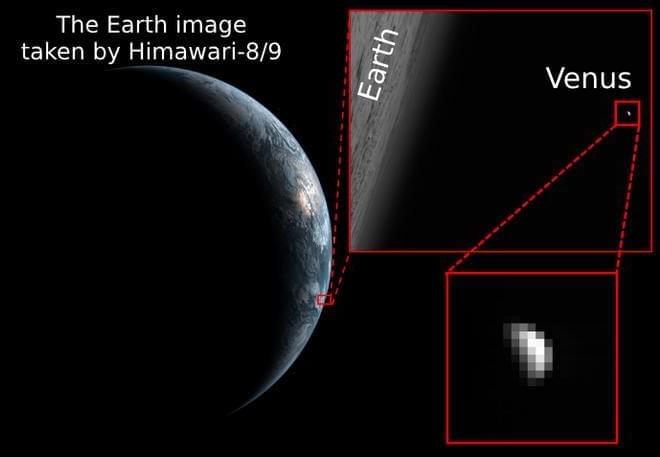The intricate, hidden processes that sustain coral life are being revealed through a new microscope developed by scientists at UC San Diego’s Scripps Institution of Oceanography.
The diver-operated microscope —called the Benthic Underwater Microscope imaging PAM, or BUMP—incorporates pulse amplitude modulated (PAM) light techniques to offer an unprecedented look at coral photosynthesis on micro-scales.
In a new study, researchers describe how the BUMP imaging system makes it possible to study the health and physiology of coral reefs in their natural habitat, advancing longstanding efforts to uncover precisely why corals bleach.
